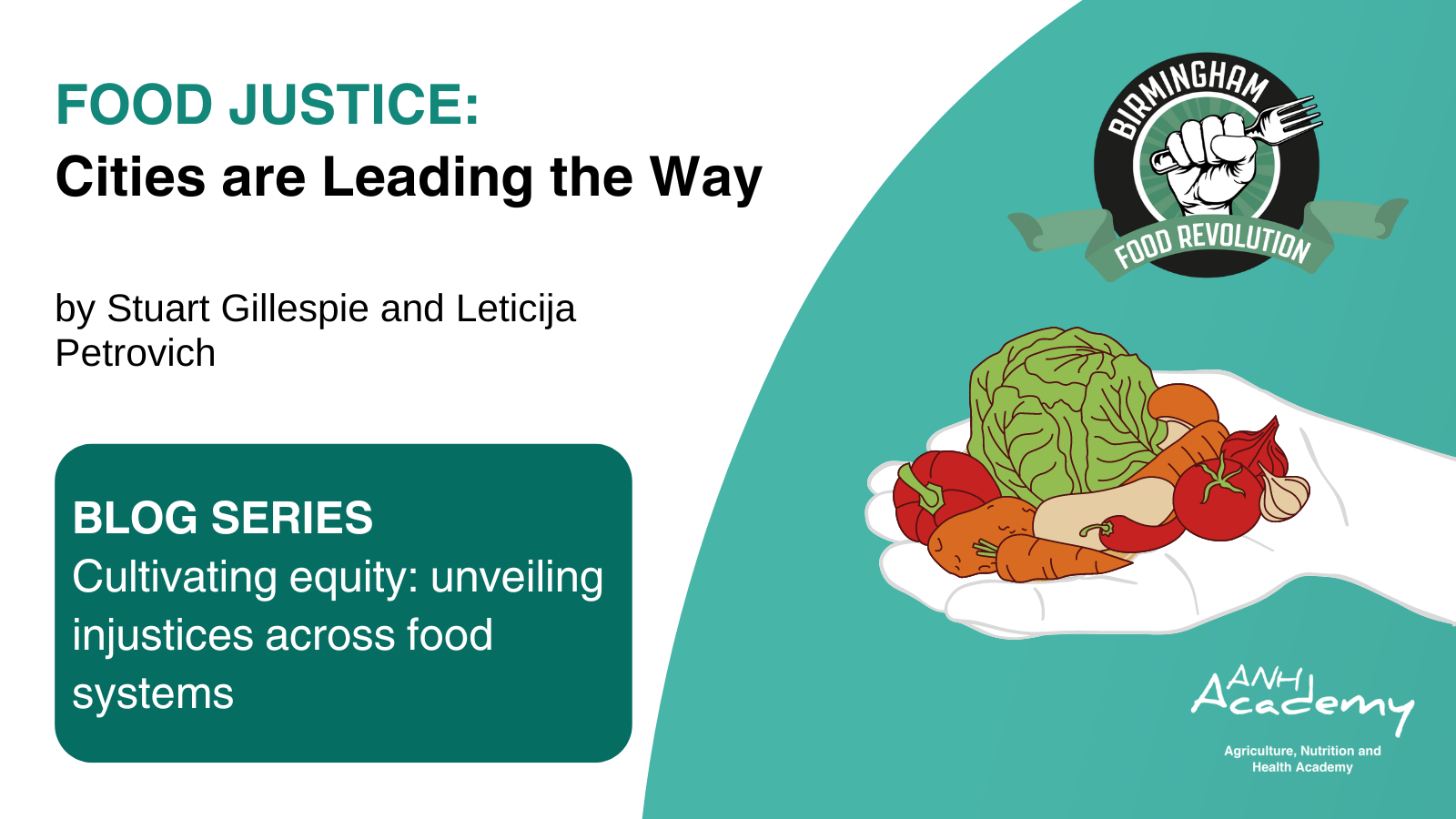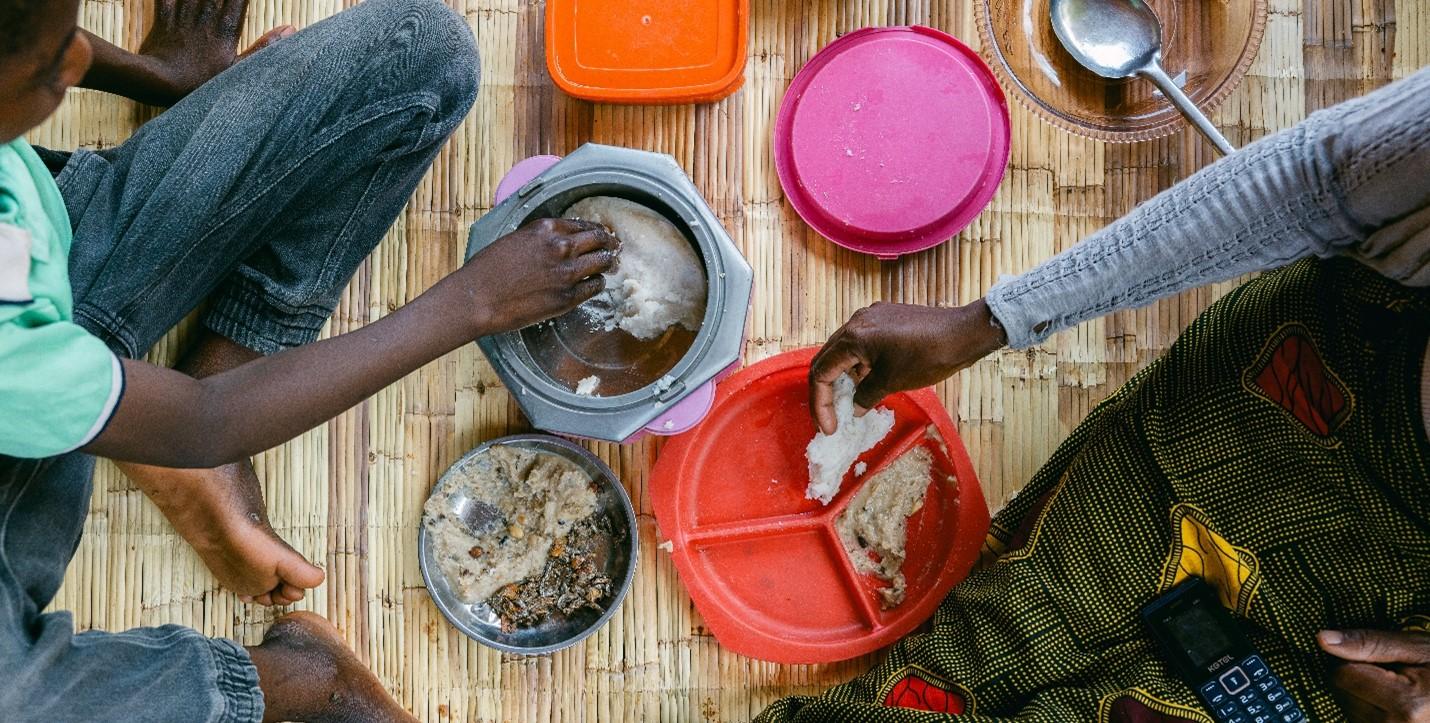
Contributed by Dr. Taddese Alemu Zerfu, Addis Ababa University, holder of an IMMANA Fellowship on Dietary factors in maternal anemia and pregnancy outcomes in rural Ethiopia.
Anemia as a major public health challenge
 Globally, malnutrition has been identified as the major underlying factor for nearly half (45%) of all child deaths, and about 20% of maternal deaths. Micronutrient malnutrition is one of the most widespread, yet largely neglected, nutrition challenges faced by women living in the developing world. Iron deficiency anemia (IDA) is the most common form of micronutrient malnutrition affecting more than 2 billion people globally and contributing to over 100,000 maternal and almost 600,000 perinatal deaths each year. It also contributes to poor cognitive development in children, increased maternal mortality and decreased work capacity.
Globally, malnutrition has been identified as the major underlying factor for nearly half (45%) of all child deaths, and about 20% of maternal deaths. Micronutrient malnutrition is one of the most widespread, yet largely neglected, nutrition challenges faced by women living in the developing world. Iron deficiency anemia (IDA) is the most common form of micronutrient malnutrition affecting more than 2 billion people globally and contributing to over 100,000 maternal and almost 600,000 perinatal deaths each year. It also contributes to poor cognitive development in children, increased maternal mortality and decreased work capacity.
Ethiopia is one of the poorest and least urbanized countries in the world and is severely affected by chronic food insecurity and rural poverty, with unacceptably high maternal and neonatal mortality rates. The national economy is heavily dependent on the agricultural sector which accounts for almost half of the GDP. About three-quarters of the population are engaged in agriculture, mainly in subsistence and rain-fed farming and livestock production.
Anemia is a major public health problem in Ethiopia, whereby more than four in ten children (44%) and a quarter of women are anemic. Iron deficiency due to low consumption of animal source foods is the main cause, compounded by high incidence of malaria and other parasitic diseases. Iron folic acid (IFA) supplementation in pregnant women, which reaches only a limited numbers, and nutrition education, are the only interventions that are currently implemented to combat iron deficiency anemia.
Need to better understand factors behind anemia in low income settings
In spite of clear prevention and control guidelines as well as considerable social, economic and scientific advancements globally, at best only marginal reduction in the global prevalence of anemia is achieved. The situation in low and middle income countries, especially in sub- Saharan Africa, has progressed very little or even worsened. This is mainly be due to the fact that anemia has multi-factorial causes involving complex interactions between nutrition, dietary intake, reproductive health status, presence of infection, and other factors, and this complexity presents a challenge to effectively address determinants at population level.
Tackling anemia requires an integrated approach based on identifying and addressing the contributing factors. However; little is known about women’s micronutrient status and prevention and control activities outside of developed countries. Most of the existing effective interventions were studied and validated quite in a different setting where anemia is not a major public health problem.
Towards a multi-dimensional, multi-sectoral approach to tackling anemia
 My IMMANA-funded study hypothesized whether a compressive and composite statistical prediction model could combine the various factors in predicting the risk of maternal anemia. It also examined whether maize production intensity and cattle ownership are associated with risk of malaria that in turn affects prevalence of anemia in a rural setup in Ethiopia. Altogether, the project proposed to develop an innovative, simple, scalable statistical model, metrics and tools that can leapfrog conventional single and one-dimensional prevention and control approaches into a more comprehensive, multi-sectoral and advanced level.
My IMMANA-funded study hypothesized whether a compressive and composite statistical prediction model could combine the various factors in predicting the risk of maternal anemia. It also examined whether maize production intensity and cattle ownership are associated with risk of malaria that in turn affects prevalence of anemia in a rural setup in Ethiopia. Altogether, the project proposed to develop an innovative, simple, scalable statistical model, metrics and tools that can leapfrog conventional single and one-dimensional prevention and control approaches into a more comprehensive, multi-sectoral and advanced level.
The study employed two-way data acquisition and analysis approaches that include in-depth analysis of an existing secondary dataset (of a prospective cohort study) from a doctoral study, complemented with additional quantitative agricultural, dietary and health data collected from the field.
For the in-depth analysis of the doctoral study, we used an existing data from a multi-center prospective cohort study of pregnant women enrolled during the second trimester of pregnancy and followed until delivery. The study was conducted in eight rural health centers randomly selected from four rural districts of Arsi Zone, Oromia region, Central in Ethiopia. For field data, we employed a comparative community based cross-sectional study design and implemented a cluster analysis to categorize households according to their maize production patterns as high and low density, between November 2016 to January, 2017.
Factors associated with anemia - study findings
The proportion of women with anemia at enrollment and at term of the prospective cohort study was found to be 28.6% and 32.4%, respectively. Maternal anemia at term was associated with poor (inconsistent) consumption of animal source foods, dietary diversity and anemia at enrollment. Furthermore, completion of primary school and maternal ownership of radio and mobile phone decreases the odds of anemia at term. Analysis of data from the field showed that a relatively lower (5.2% and 9.6%) prevalence of anemia among high and low maize density villages. Women from families owning at least one head of cattle in the household had a significantly higher hemoglobin level than those owning none. Owning chicken was found to be associated with higher mean hemoglobin level compared to other domestic animals.
Moving forward
The study has identified key food groups, dietary patterns and cut-off values of dietary diversity associated with the lowest possible risk of anemia and adverse perinatal (birth) outcomes. It also yielded simple, rapid and scalable tools (food consumption, dietary screening and counseling checklist for pregnant mothers) that are relevant for use in research, program design, monitoring, and evaluation. These simple tools that have been tested in the field were found effective for use by frontline agriculture extension workers to promote diversification of food production, and by health extension workers to guide their counselling and dietary screening of pregnant women at grassroots level.
Photos: The author during fieldwork.





